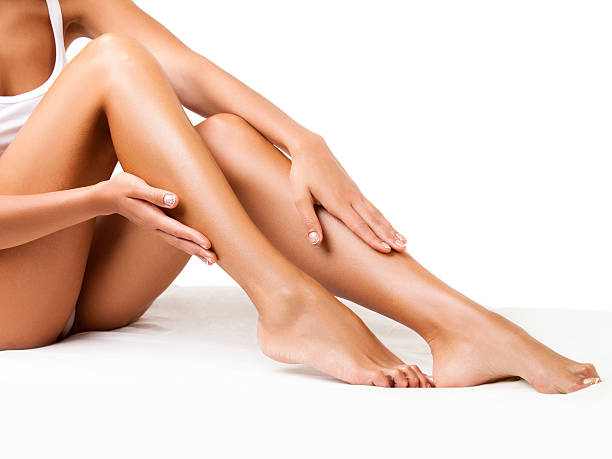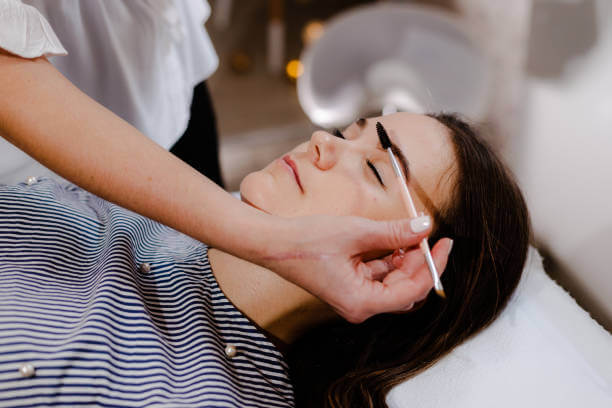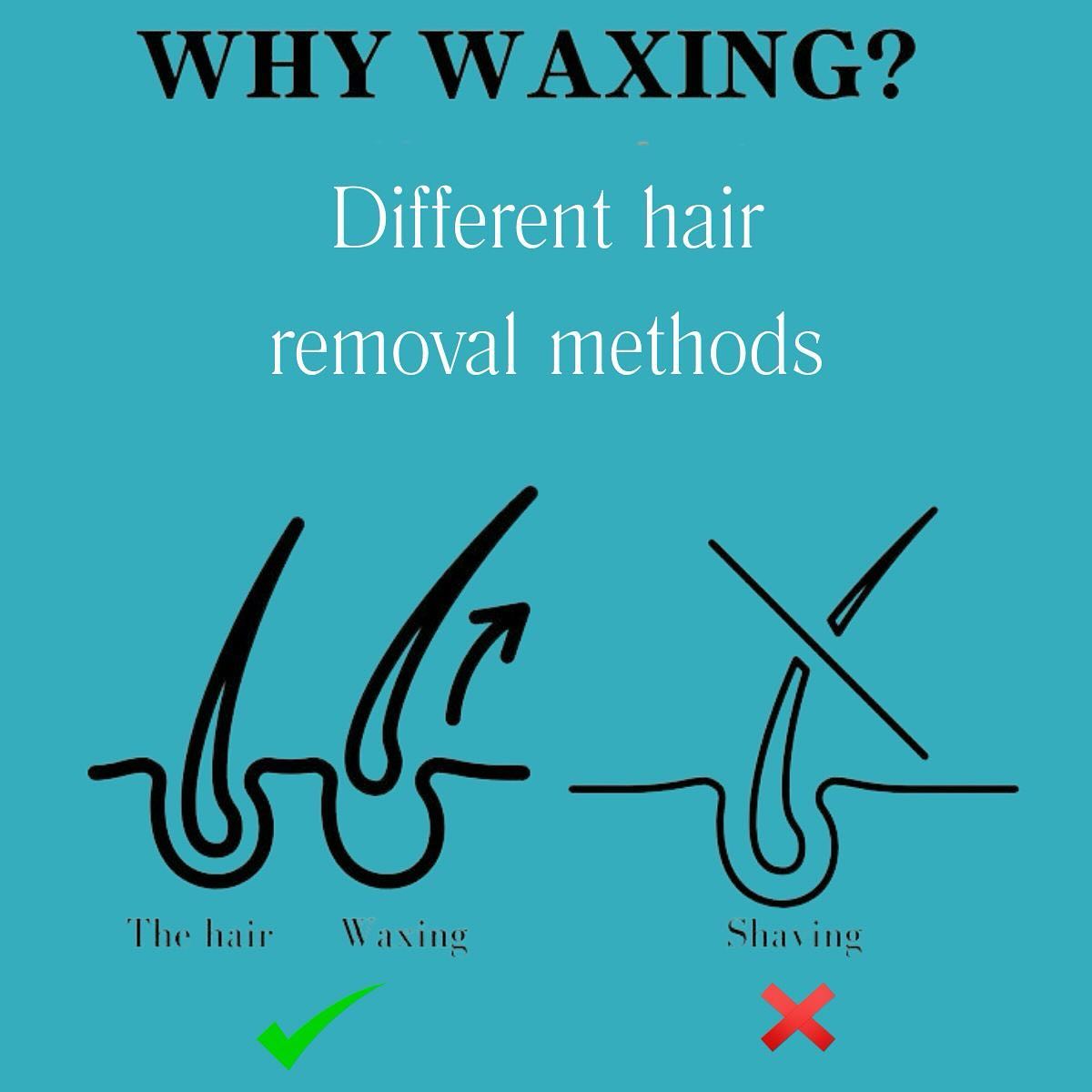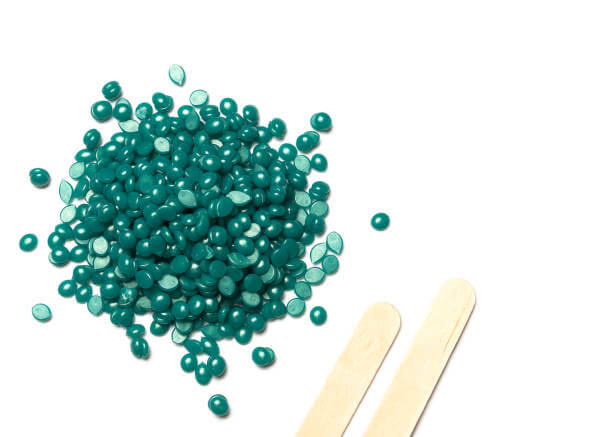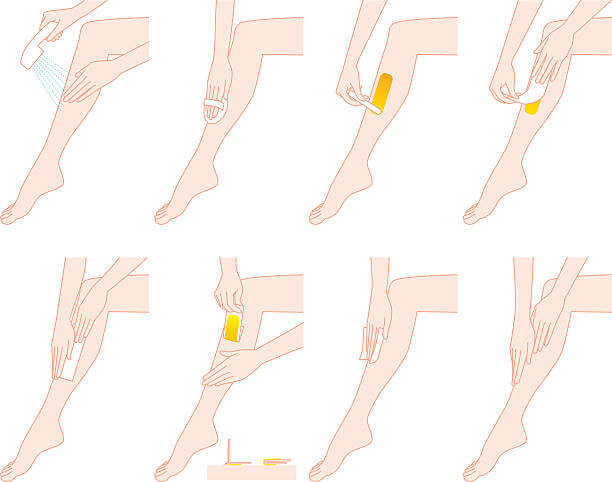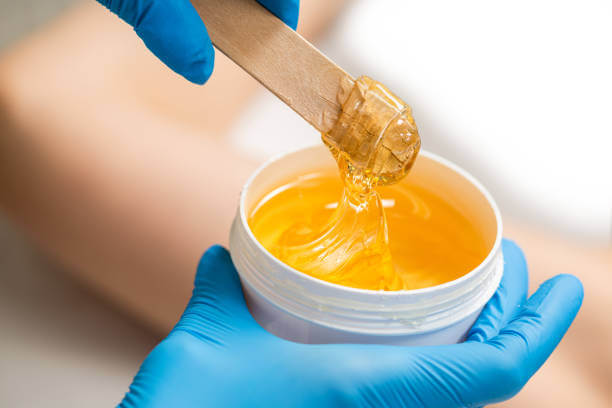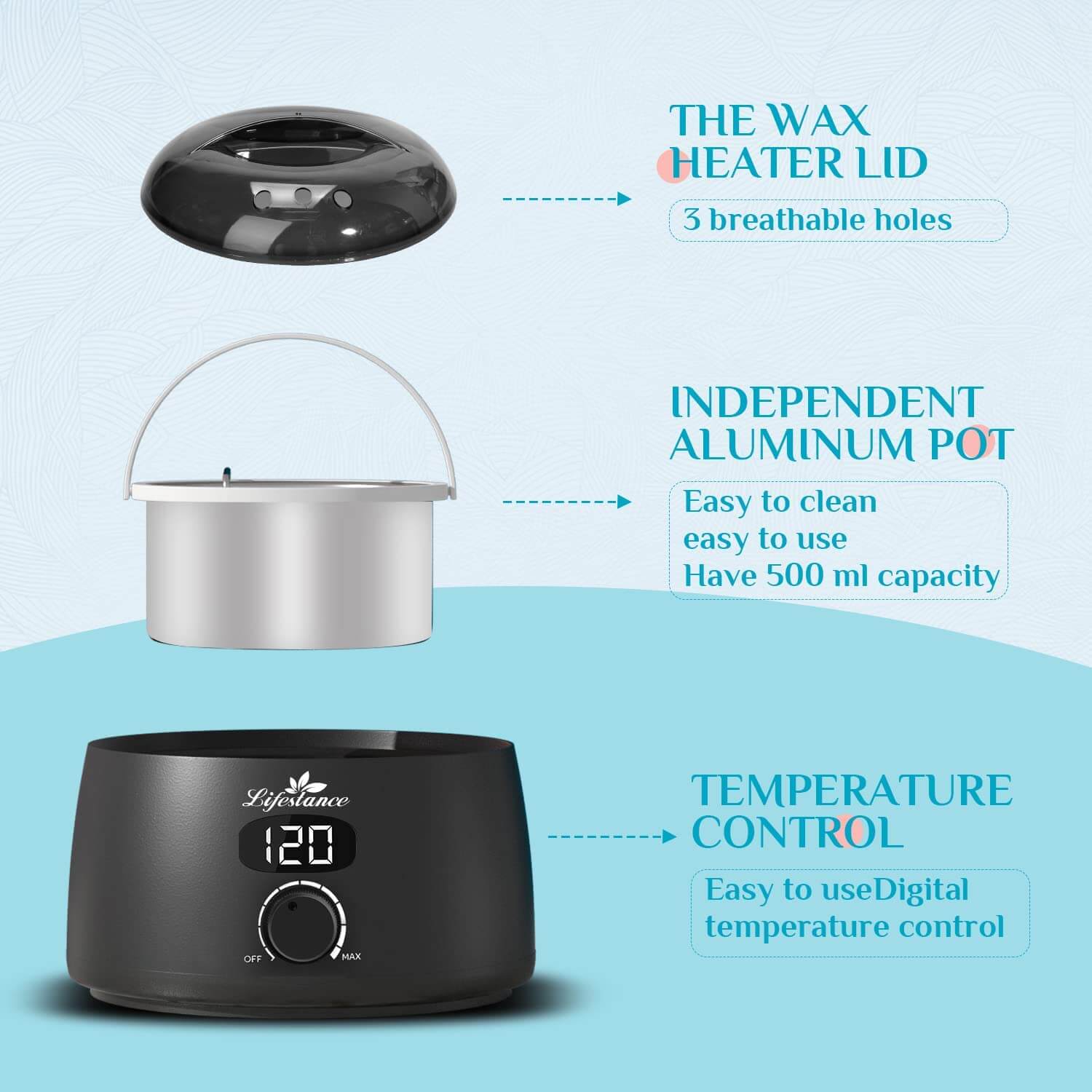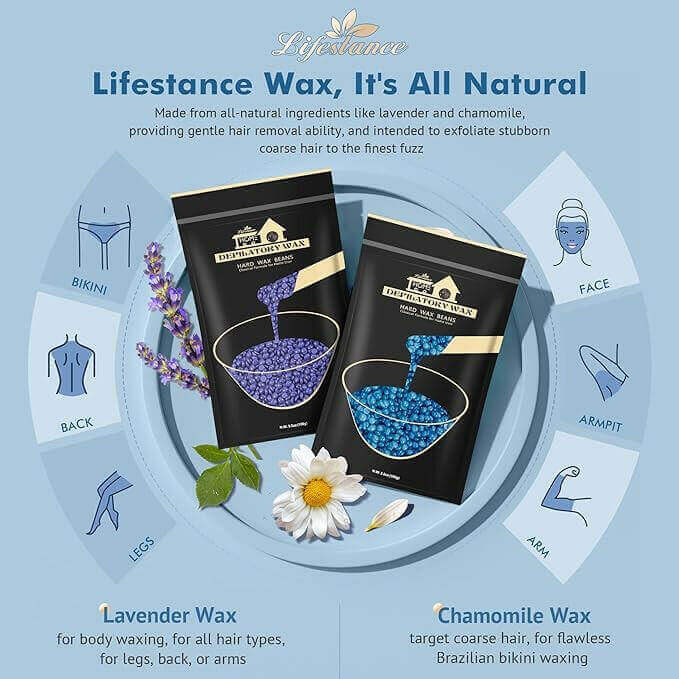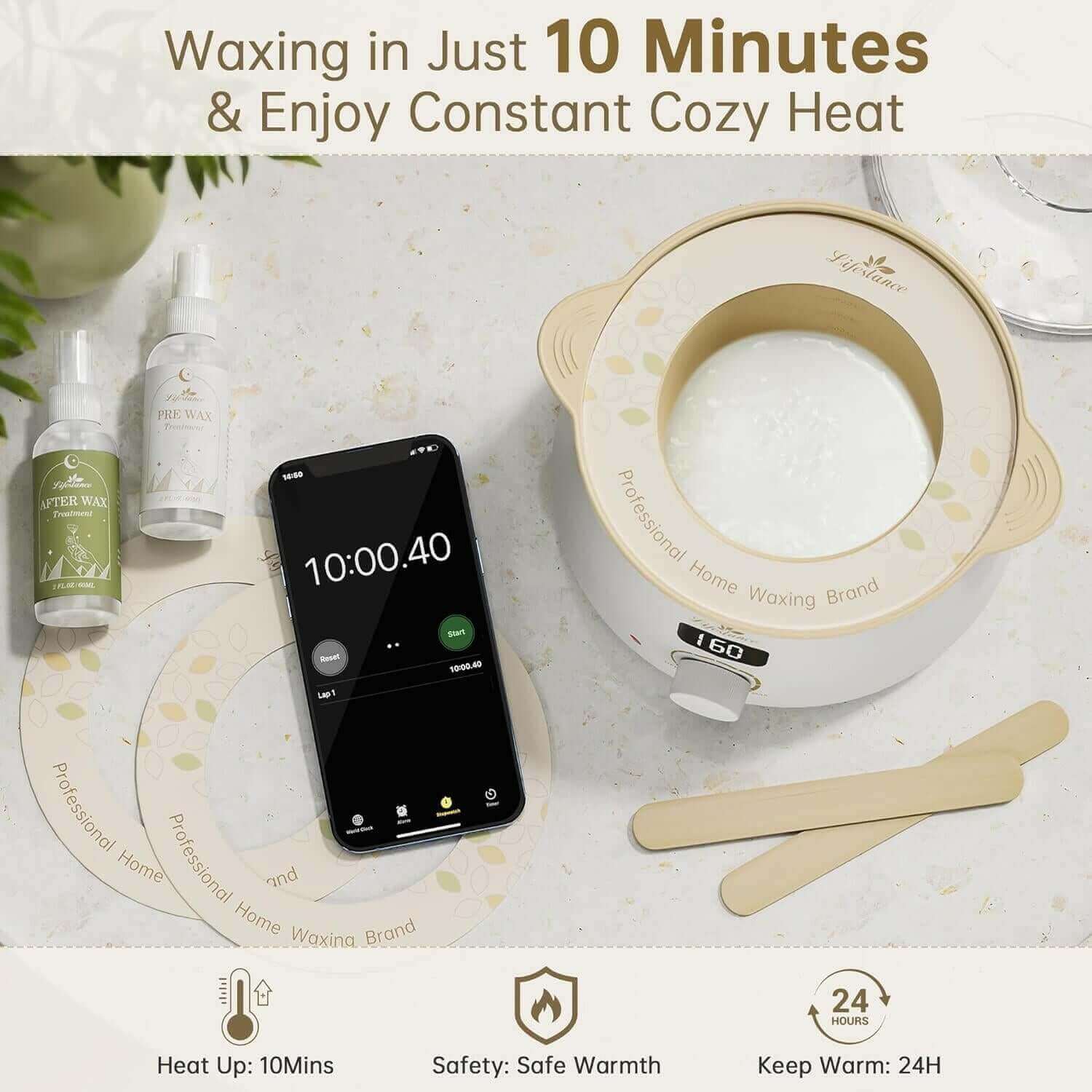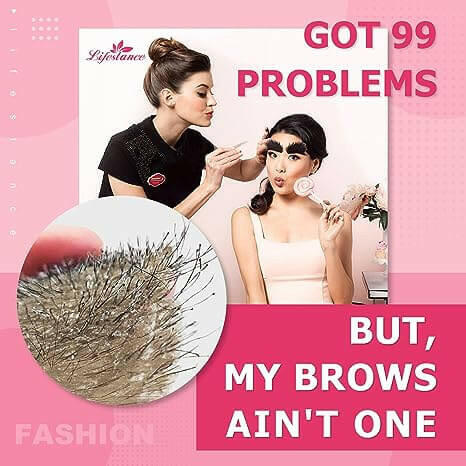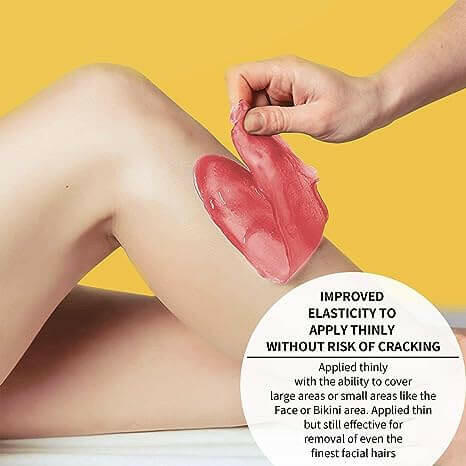
Body Hair Through Time: A Brief History
A Brief History of Body Hair: From Ancient Times to Modern Day
Body hair has been a topic of fascination, controversy, and cultural significance throughout human history. From ancient civilizations to modern times, attitudes towards body hair have evolved, reflecting changing societal norms, beauty standards, and personal preferences. In this comprehensive guide, we'll explore the fascinating history of body hair and how it has shaped our perceptions of beauty and grooming over the centuries.
Ancient Times
In ancient civilizations, attitudes towards body hair varied greatly. In some cultures, such as ancient Egypt, body hair was seen as unclean and was often removed using primitive methods like tweezers, razors, and even early forms of waxing. Egyptians valued smooth, hairless skin as a sign of cleanliness and purity, and both men and women engaged in hair removal practices.
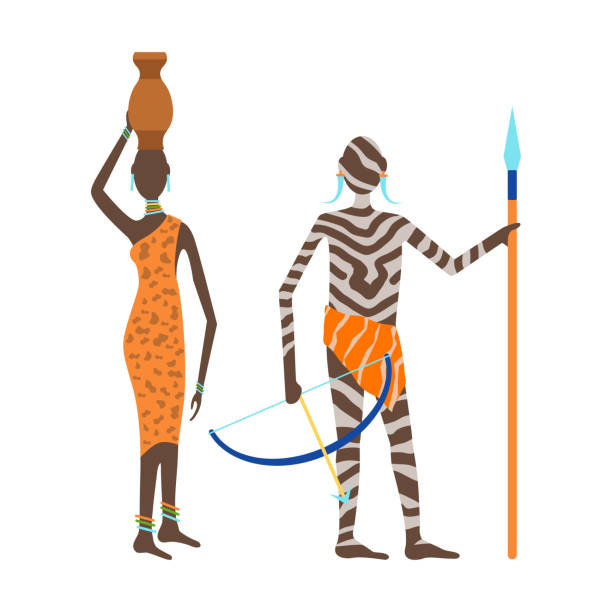
In contrast, other ancient cultures, such as ancient Greece and Rome, viewed body hair as a sign of masculinity and virility. Men often wore their body hair as a badge of honor, while women were expected to remove it to maintain a more feminine appearance. The ancient Greeks and Romans used a variety of methods for hair removal, including tweezers, pumice stones, and early forms of waxing and sugaring.
In ancient India, Ayurvedic texts mention the use of sugaring for hair removal, while in ancient China, women used a mixture of arsenic and quicklime to remove unwanted hair. These early hair removal methods were often painful and sometimes dangerous, but they reflected the cultural importance placed on hairlessness in certain societies.
Middle Ages and Renaissance
During the Middle Ages and Renaissance periods in Europe, attitudes towards body hair became more complex. The Catholic Church often condemned the removal of body hair as a form of vanity and sin, while some members of the aristocracy continued to remove their body hair as a sign of wealth and status.
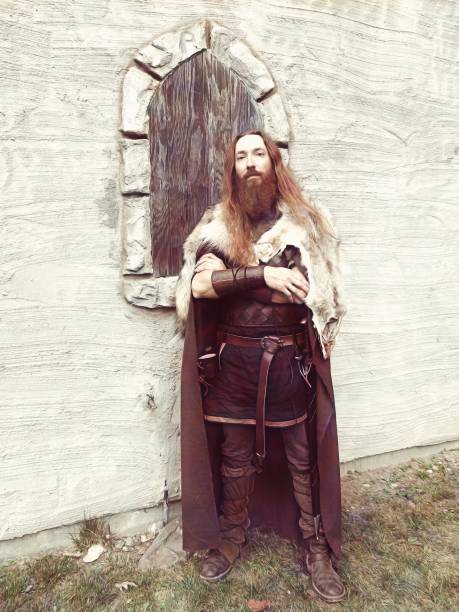
In the 16th century, the invention of the straight-edged razor made it easier for men to shave their facial hair, but body hair removal remained a more complex and controversial issue. Some women used pumice stones, beeswax, and even arsenic to remove unwanted hair, but these methods were often painful and dangerous.
During the 17th and 18th centuries, the use of depilatory creams and powders became more common, but they were often made with harsh chemicals that could irritate the skin. It wasn't until the 19th century that more modern and effective hair removal methods began to emerge.
19th and 20th Centuries
In the 19th and 20th centuries, attitudes towards body hair began to shift once again. The rise of modern medicine and hygiene practices led to a greater emphasis on cleanliness and grooming, and body hair removal became more widely accepted and even expected in certain social circles.
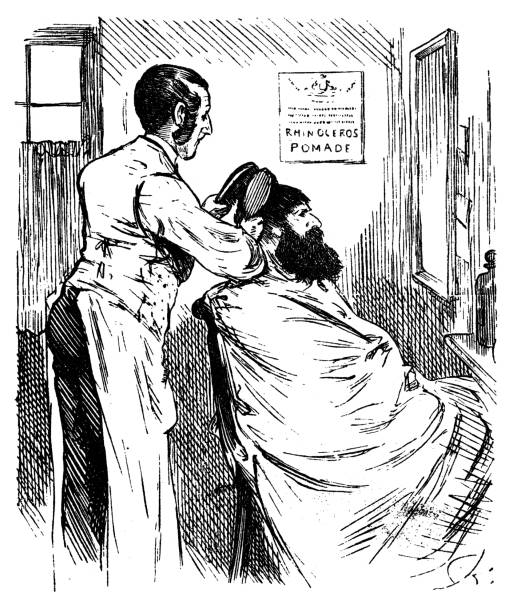
The invention of the safety razor in the late 19th century made it easier for both men and women to remove their body hair, and the rise of the fashion and beauty industries further reinforced the idea that smooth, hairless skin was the ideal. Magazines and advertisements of the early 20th century often featured images of women with hairless legs and underarms, setting a new standard for beauty and grooming.
During World War II, nylon stockings became scarce, leading many women to shave their legs and create the illusion of wearing stockings. This trend continued into the post-war era, with more and more women embracing the idea of hairless legs and underarms as a sign of femininity and modernity.
In the 1960s and 70s, the counterculture movement challenged traditional beauty standards and embraced a more natural, hairy look. However, this trend was short-lived, and by the 1980s and 90s, the ideal of smooth, hairless skin had once again become the norm.
Modern Times
In modern times, attitudes towards body hair have become increasingly diverse and complex. While some people still prefer to remove their body hair for personal or cultural reasons, others have embraced their natural hair growth as a form of self-expression and body positivity.
The body hair positivity movement has gained momentum in recent years, with many people challenging traditional beauty standards and celebrating the natural beauty of body hair. This shift has been reflected in popular culture, with more diverse representations of body hair in media and advertising.
In the 2010s and 2020s, celebrities and influencers have openly embraced their body hair, challenging the idea that hairlessness is the only acceptable form of beauty. Brands have also begun to feature models with visible body hair in their advertising campaigns, promoting a more inclusive and diverse vision of beauty.
Despite these positive changes, the pressure to remove body hair remains strong, particularly for women. Many people still feel self-conscious about their body hair and may feel pressure to conform to societal norms. However, the growing body hair positivity movement is helping to challenge these norms and promote a more accepting and inclusive attitude towards body hair.
Conclusion
The history of body hair is a fascinating and complex topic that reflects the changing attitudes and cultural norms of different societies throughout history. From ancient times to modern day, body hair has been a source of fascination, controversy, and personal expression, and will likely continue to evolve as our understanding of beauty and grooming continues to change.
Ultimately, the choice to remove or embrace body hair is a personal one that should be based on individual preferences and comfort levels. By understanding the history of body hair and the diverse attitudes towards it, we can gain a greater appreciation for the complexity and diversity of human beauty.
As we move forward into the future, it's important to continue challenging traditional beauty standards and promoting a more inclusive and accepting attitude towards body hair. By embracing our natural beauty and celebrating the diversity of human bodies, we can create a world where everyone feels comfortable and confident in their own skin.
CONTINUE READING
Waxing Product
Why Choose Us
At Lifestance, we understand that everyone's hair removal needs are unique. That's why we offer a wide range of professional waxing kits to ensure that different skin types, body hair types and budgets are catered for. Whether you are a seasoned beauty professional or a first-time self-service waxer, we are committed to providing you with an exceptional product and service experience.
Safety and ComfortOur waxing products are made with natural and gentle formulas that have passed rigorous testing and certification to ensure that skin irritation is minimized. At the same time, our patented heating technology allows for precise temperature control, so you can enjoy a comfortable waxing experience.
Professional Quality Convenient and PracticalWhether you're a licensed esthetician or a homeowner, Lifestance has you covered. Our kits contain everything you need and are so easy to use that even beginners can master them. The quality of our products is outstanding, ensuring smooth, flawless skin.
Innovative ideas and serviceWe are constantly developing innovative technologies and formulas to provide our customers with an unprecedented hair removal experience. Whatever your questions or needs, our team of professionals is always on hand to provide you with personalized service and guidance.
When you choose Lifestance, you choose beauty, comfort, convenience and professionalism. We are dedicated to providing you with an exceptional hair removal experience that will help you look and feel your best.

